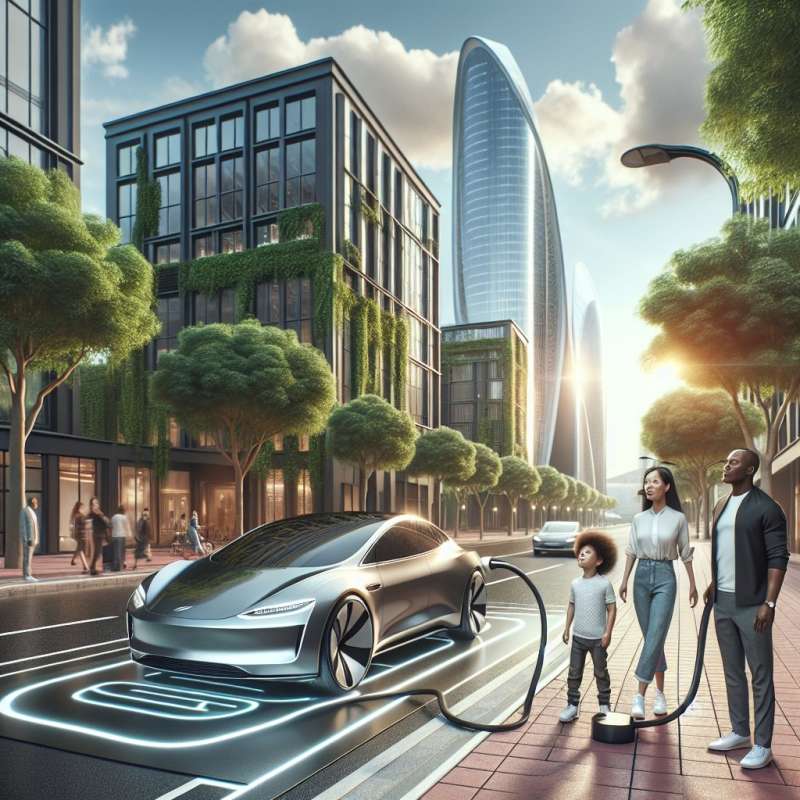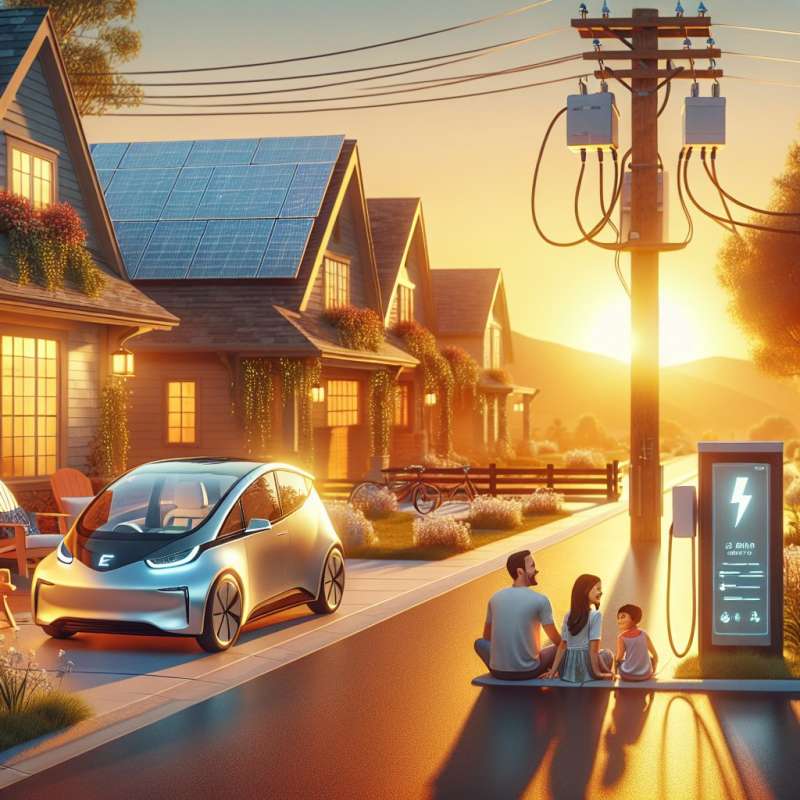
Introduction to EV Technology
Electric vehicles (EVs) use electric motors powered by batteries instead of internal combustion engines. They produce zero tailpipe emissions and can be charged using home outlets or specialized charging stations, making them environmentally friendly and convenient.
Battery Composition and Efficiency
Most EVs use lithium-ion batteries due to their high energy density and efficiency. Surprising fact: Solid-state batteries, which are currently in development, promise even greater energy density, faster charging times, and enhanced safety features over traditional lithium-ion batteries.
Regenerative Braking Explained
Regenerative braking captures kinetic energy usually lost as heat during braking and converts it back into electricity to recharge the battery. This process can extend the range of EVs by up to 10-30%, making them more efficient in stop-and-go traffic.
Innovative Charging Solutions
Besides conventional plug-in options, wireless (inductive) charging pads are being developed. These pads allow EVs to charge without a physical connection, potentially enabling dynamic charging while driving on specially equipped roads, thus reducing downtime and increasing convenience.
Smart Grid Integration Benefits
EVs can be integrated into smart grids, allowing for bi-directional energy transfer. This means EVs can not only draw power from the grid but also supply energy back during peak demand times, stabilizing the grid and potentially lowering electricity costs for users.Rare Earth Independence
Some new EV motors use no rare earth metals at all, reducing dependency on these critical materials and cutting costs without compromising performance.
What powers EV motors?
Combustion engines
Batteries
Solar panels
Company